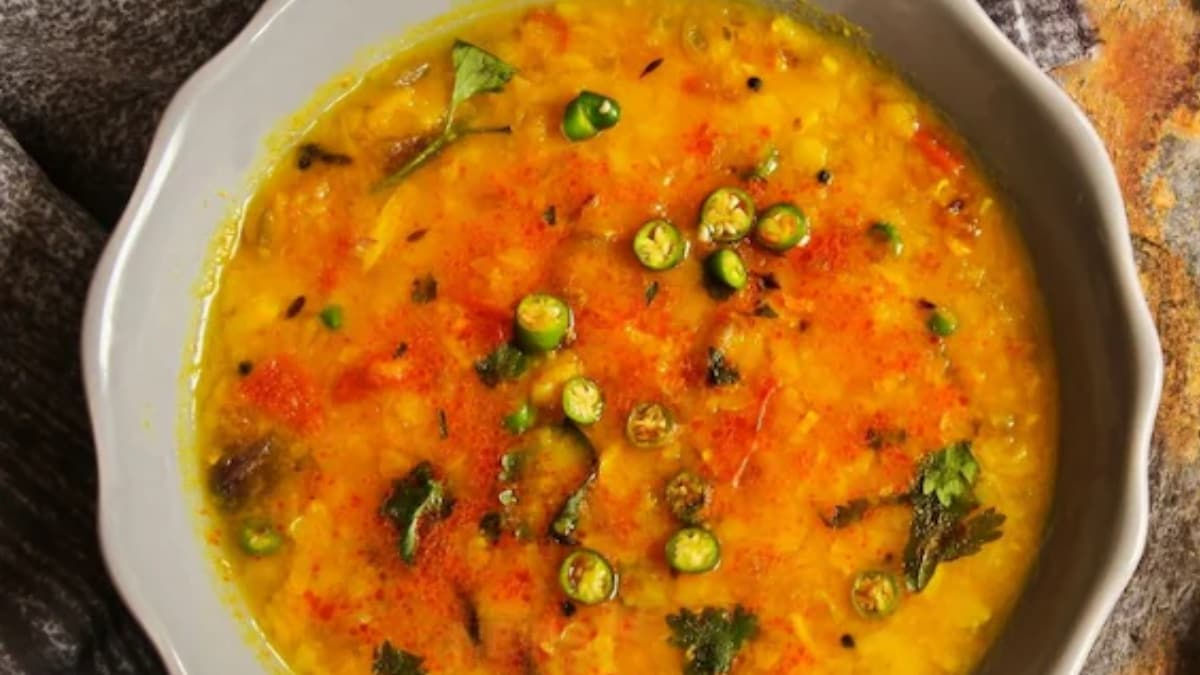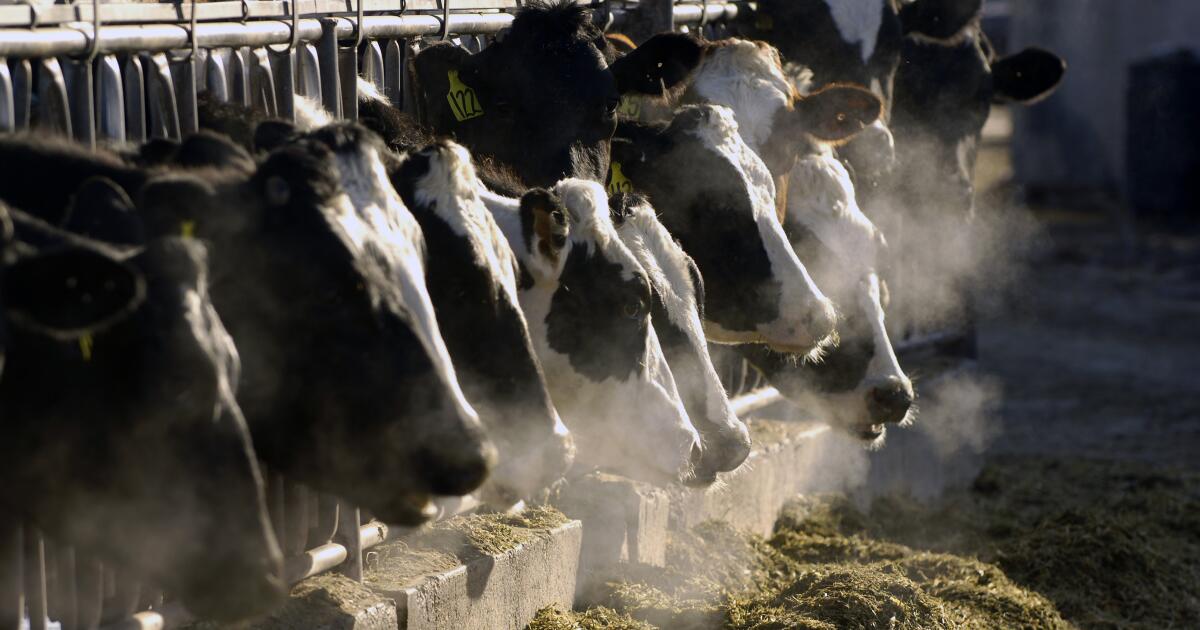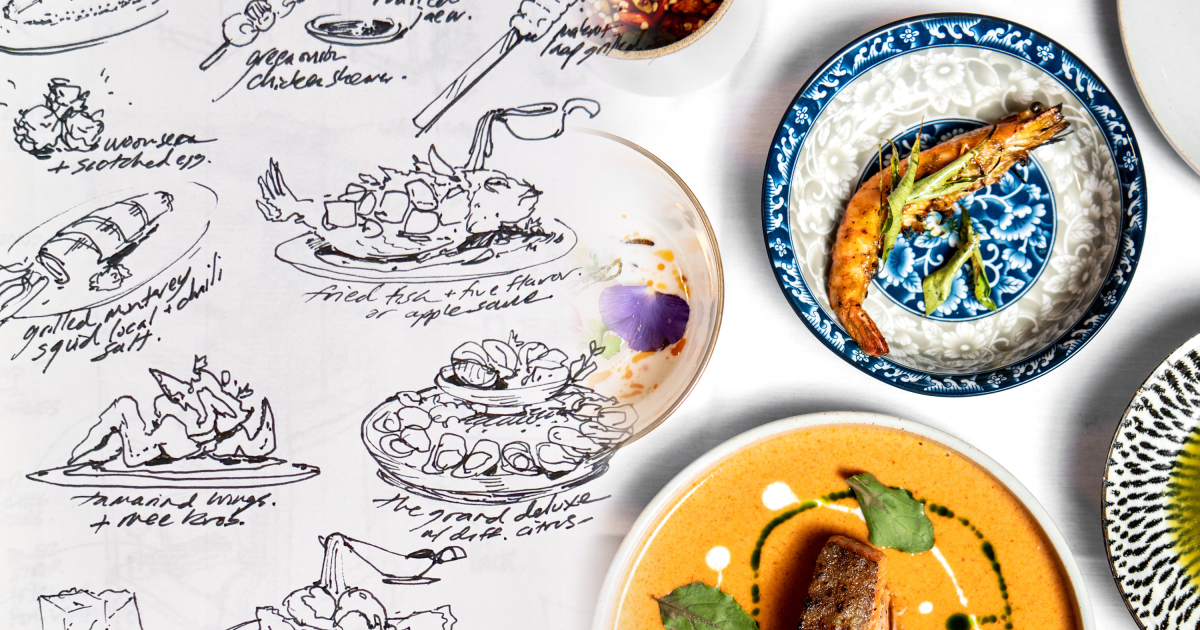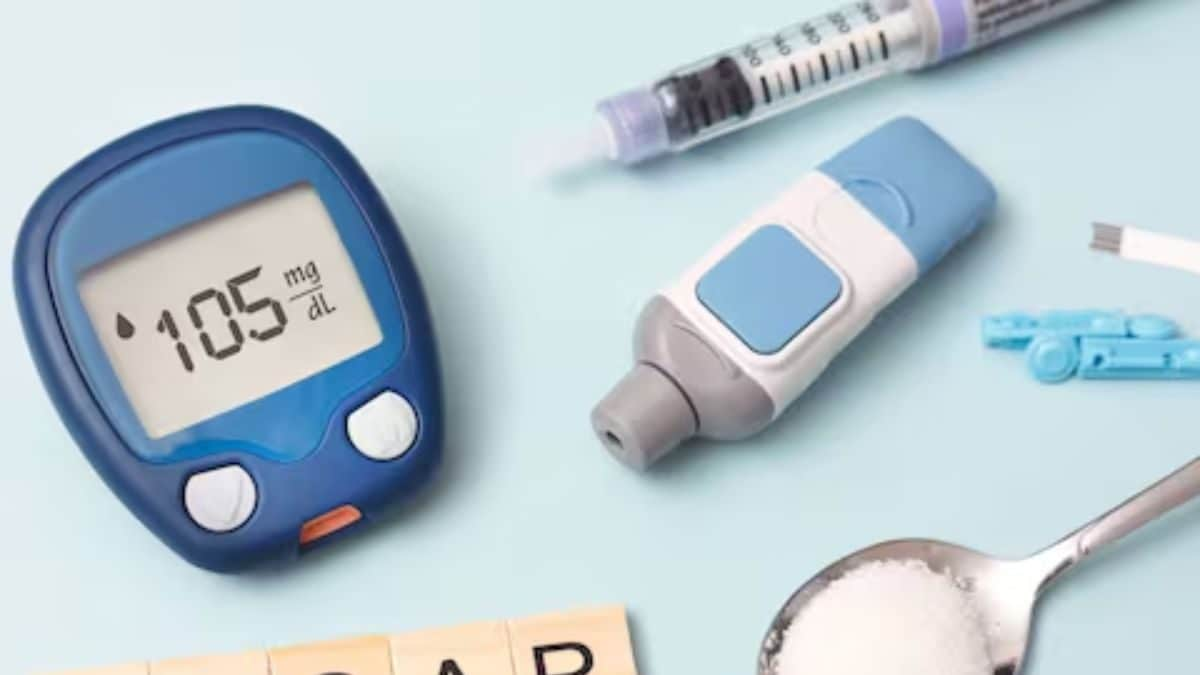Legumes do not contain fat and are also low in calories.
Legumes are rich in minerals such as antioxidants, potassium, calcium and zinc.
Indian households prefer to keep dal on their menu, whether with roti or rice. Dal or lentils, which are easy to cook, also have several health benefits. All types of lentils contain nutrients such as protein, fiber, magnesium, calcium, vitamin B and folates. As India has a varied practice in making certain foods, cooking simple lentils may also be different from each other. While people of Gujarat add sugar while making dal, people of Andhra Pradesh make it hot and spicy. Apart from that, in most areas of Rajasthan, dal is eaten whole or rather stewed with a strong red chilli seasoning. Given the various ways of cooking dal, one of the things that affects them the most is adding water. Did you know why cold water is never added to dal while cooking? If not, let us explain.
According to nutritionist Kavita Devgan's book titled 500 Recipes, pulses/lentils/dal are a good source of protein for vegetarians. They do not contain fat and are also low in calories. In addition to that, legumes are rich in minerals such as antioxidants, potassium, calcium and zinc.
When we cook legumes, there may be a situation where there seems to be less water in the utensil. In such a situation, many of us would think of just adding water (cold or room temperature). Doing so can ruin its flavor. The reason behind this is that the temperature of the pulses that are cooked on the gas is higher, while the water that is added later will be equally lower. This makes the cooking process slower, which will take more time for the legumes. Also let the legumes be partly cooked and partly raw depending on the temperature.
When legumes are cooked at a certain rate, they allow all the protein and fiber to deepen their flavor. After adding cold water, the cooking rhythm is interrupted and more foam is formed, which also softens the flavor.












